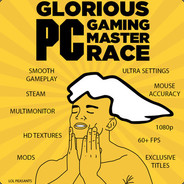Windows 9 Possibly free - i hope that this is a thing..
-
Featured Topics
-
Topics
-
2
-
opi3636 ·
Posted in CPUs, Motherboards, and Memory2 -
jordanbuilds1 ·
Posted in New Builds and Planning7 -
5
-
4
-
11
-
Fluuwu ·
Posted in Cases and Mods6 -
ulookuglynoob ·
Posted in New Builds and Planning14 -
bagger ·
Posted in Graphics Cards3 -
Neodiamond ·
Posted in Troubleshooting2
-



















Create an account or sign in to comment
You need to be a member in order to leave a comment
Create an account
Sign up for a new account in our community. It's easy!
Register a new accountSign in
Already have an account? Sign in here.
Sign In Now